Daegwang Sikdang (대광식당)
3.9Km 2025-01-22
15 Sangmu-daero 695beon-gil, Seo-gu, Gwangju
Originally famous for its yukjeon (Pan-fried Battered Beef) in Chungjang-ro, this restaurant has since expanded and relocated to the Sangmu district. It boasts an impressive, upscale interior and is known for preparing all of its side dishes in-house. For a complementary dish to pair with yukjeon, the maesaengi tteokguk comes highly recommended.
Yeoro(Sansu-dong Hanok Experience Hall) (여로(산수동 한옥체험시설))
3.9Km 2024-12-22
16-17 , Donggye-ro, Dong-gu, Gwangju
+82-62-227-8815
Yeoro is a hanok guesthouse in a quiet residential part of Sansu-dong, Gwangju, Jeollanam-do. The guesthouse has four ondol rooms, all equipped with a toilet and refrigerator. There is a shared washing machine (free of charge) in an outside bathroom. For breakfast, home-made sweet pumpkin porridge is served. Guests can take part in traditional crafts such as red clay dyeing, making injeolmi ricecakes or gangjeong puffed rice, and pressed-flower hand mirror making. Visitors’ cars can be parked in a nearby public parking lot.
Holiday Inn Gwangju (홀리데이 인 광주 호텔)
3.9Km 2021-04-05
55, Sangmunuriro, Seo-gu, Gwangju
+82-62-610-7000
Holiday Inn Gwangju is located directly opposite of the Kimdaejung Convention Center which can be reached within a 2-minute walk. It has 203 modern-style guestrooms, an indoor swimming pool, sauna, and health club on the second floor. The spacious guestrooms are designed for businessmen and tourists alike. Also, it has various facilities available to hold large events, small seminars and family gatherings. Hourglass Restaurant is available on the first floor, offering dynamic promotions by season. On the tenth floor, La Place Restaurant & Grill has a private ambience based on French style, and is a perfect place for business meetings. The Holiday Inn Gwangju is one brand of Intercontinental Hotels Group, having 1,500 hotels and resorts in the world.
Zipper House (여행자의 집)
3.9Km 2025-08-13
137-17 Donggyecheon-ro, Dong-gu, Gwangju
Zipper House is a multi-purpose cultural space that provides tourists with tourism information and convenient facilities, hosting various events and programs. The two-story building, adorned by a large red ribbon, features a gift shop selling souvenirs of Gwangju and Dong-gu, a campsite-like lounge and terrace, and a snack bar offering refreshments such as toast and coffee.
Mulgogi Coffee Roasters (물고기 커피 로스터스)
3.9Km 2024-11-14
34 Jangdong-ro, Dong-gu, Gwangju
Mulgogi Coffee Roasters is an award-winning hand-drip specialty store in Gwangju. This place is famous among coffee enthusiasts for its fresh beans, which are handpicked and roasted, one by one, and its 20 kinds of drip bags. Visitors can enjoy their specialty, Geisha Coffee, or other blends from Africa, Latin America, India, China, and other Asian countries.
Gajokhwegwan (가족회관)
4.0Km 2024-12-04
50 Dongmyeong-ro, Dong-gu, Gwangju
Gajokhwegwan is a Korean table d'hote restaurant with 36 years of tradition. Visitors can experience the charms of Jeolla Province style food that only uses fresh ingredients in season. There are both private rooms and large group seats to enjoy the meal.
Tate Modern (테이트모던)
4.0Km 2024-02-14
24 Sangmu-daero 673beon-gil, Seo-gu, Gwangju
Tate Modern, which opened in 2018 as a dining café in the Sangmu District of Gwangju, is known for its signature dish, the Nongbu Salad (chicken breast salad). This dish is both filling and healthy, catering to health-conscious diners. In addition to salads, the café offers a variety of other options including brunch, pasta, steak, and an assortment of diverse dishes. Due to its popularity, reservations are required for seating, especially on weekends.
Chosun University Museum of Art (조선대학교 미술관)
4.0Km 2025-01-02
308 Pilmun-daero, Dong-gu, Gwangju
The Chosun University Museum of Art was established to serve as a window to convey the flow of local and international art. It plays an important role in discovering, collecting, and preserving regional artwork, while providing artist with a stage to display their work. The museum has significantly contributed to the regional culture. Through special annual exhibitions, it discovers young artists, educates students and promotes local art. To provide an exhibition experience to students, the museum also holds exhibitions featuring work created by students.
Mimiwon (미미원)
4.0Km 2024-12-03
광주광역시 동구 백서로 218
Emerging as a leading spot for yukjeon (Pan-fried Battered Beef) in Gwangju, Mimiwon has gained popularity through multiple media features. The restaurant’s traditional hanok building creates a neat atmosphere.
Gwangju National Museum (국립광주박물관)
4.0Km 2023-11-28
110 Haseo-ro, Buk-gu, Gwangju
+82-62-570-7000
Gwangju National Museum, opened on December 6, 1978, was established to promote the development of cultural arts and to foster patriotism. Gwangju National Museum’s goal is to conserve cultural values through the collection and preservation of historical and valuable artifacts found in the Gwangju and Jeollanam-do regions as well as make contributions to the community through continuous research, exhibition, and education. With over 130,000 artifacts as well as various educational and experience programs, the museum aims to provide an enjoyable cultural center for visitors.

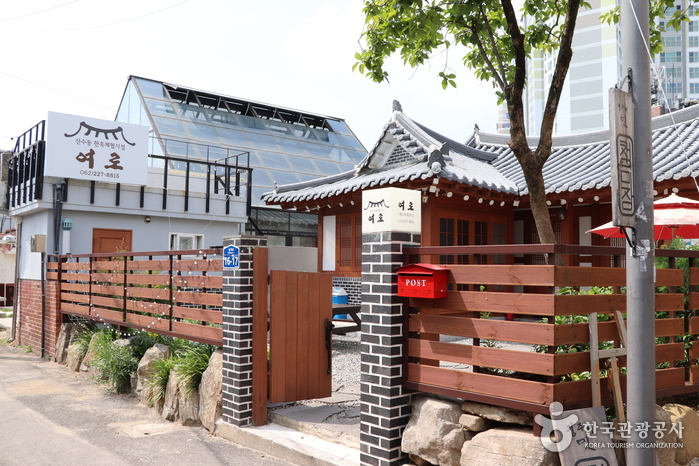
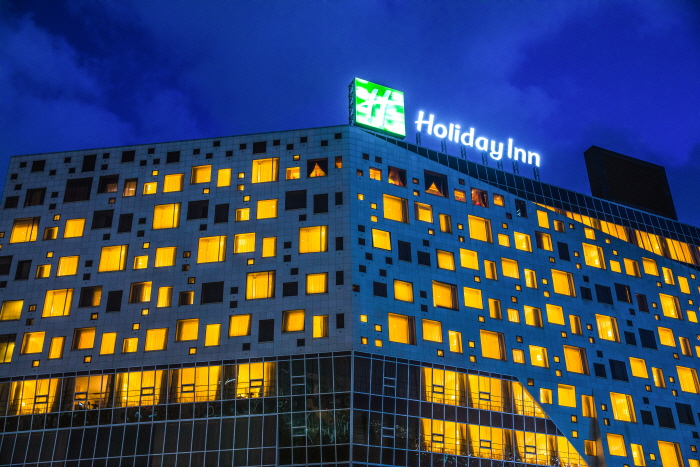
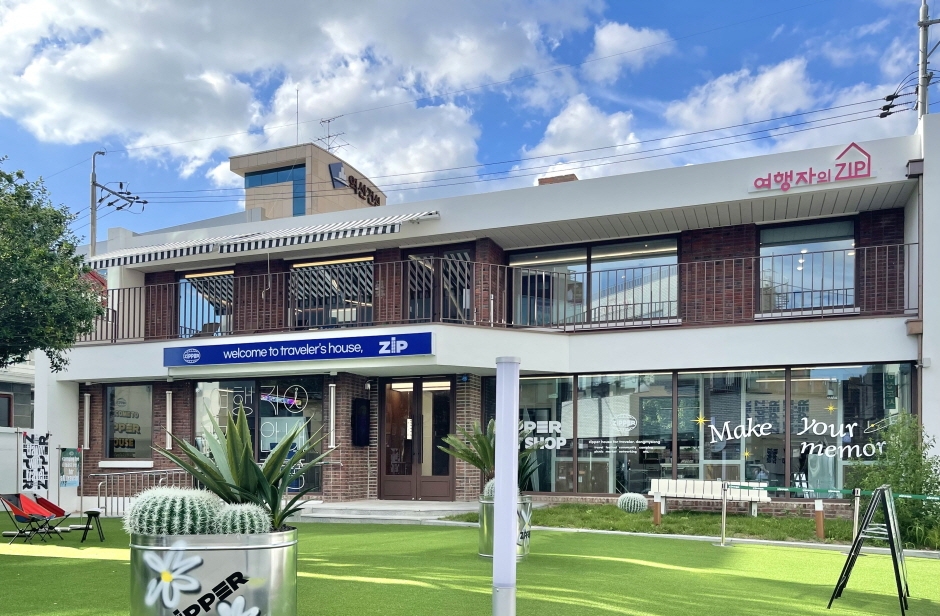
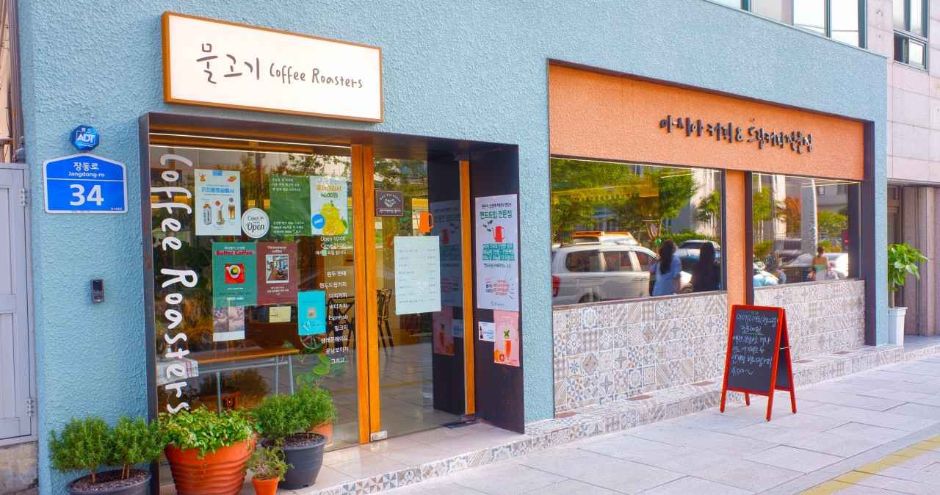
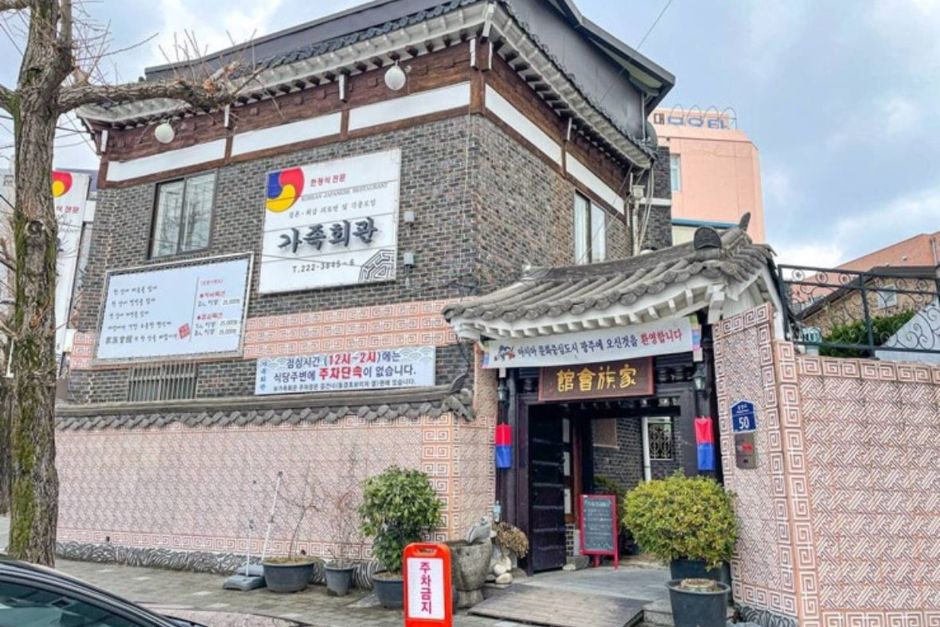
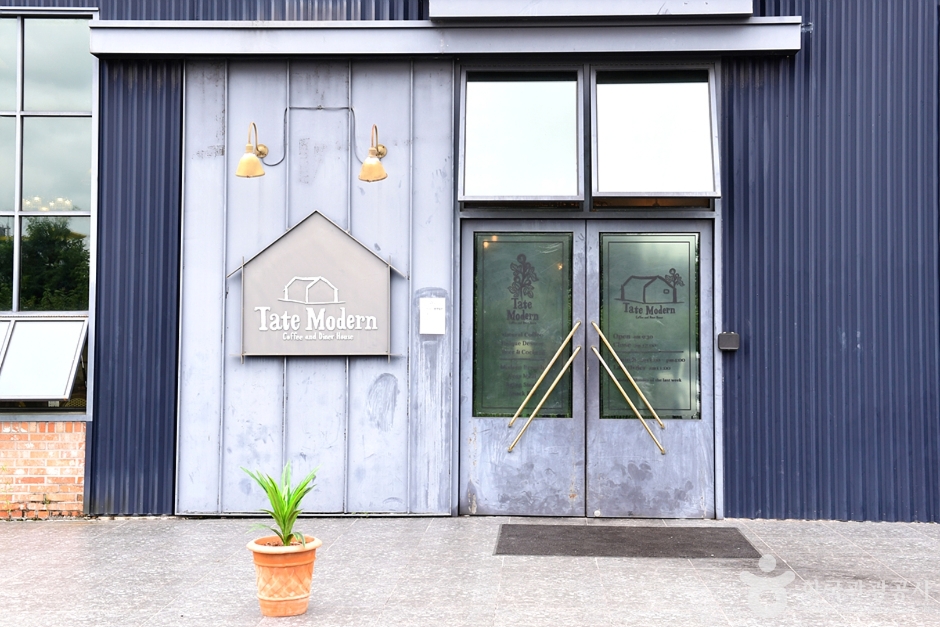

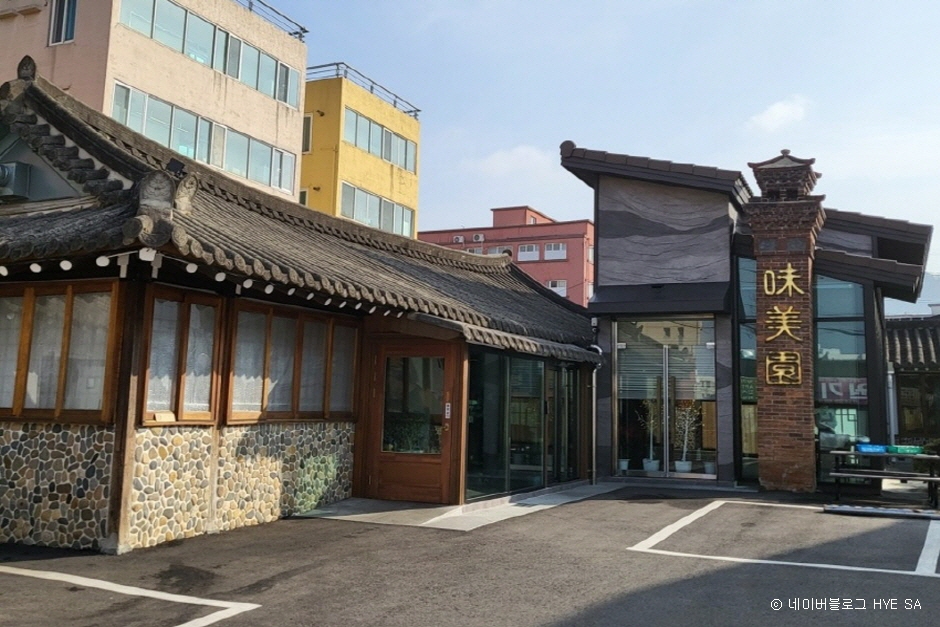
 English
English
 한국어
한국어 日本語
日本語 中文(简体)
中文(简体) Deutsch
Deutsch Français
Français Español
Español Русский
Русский